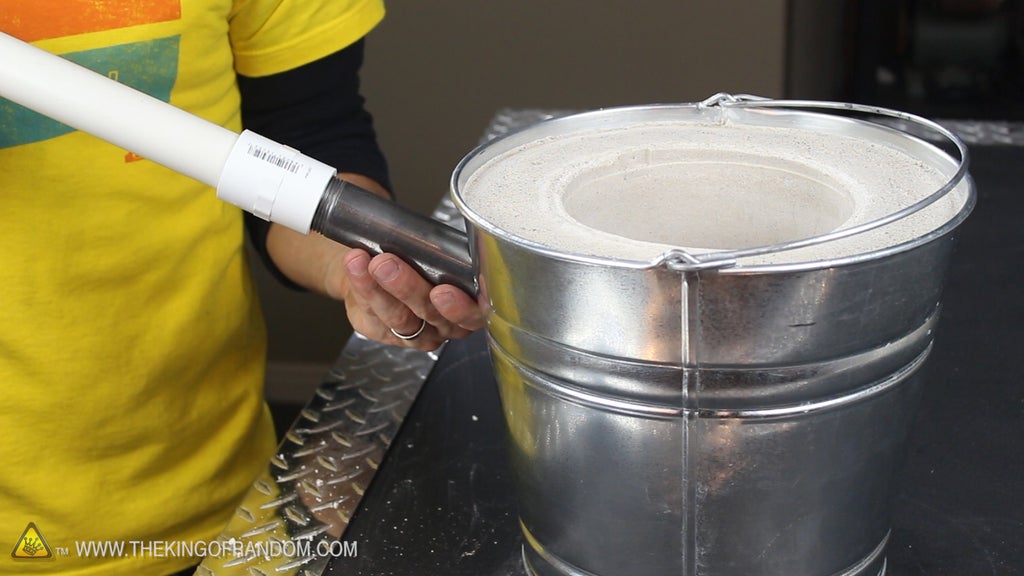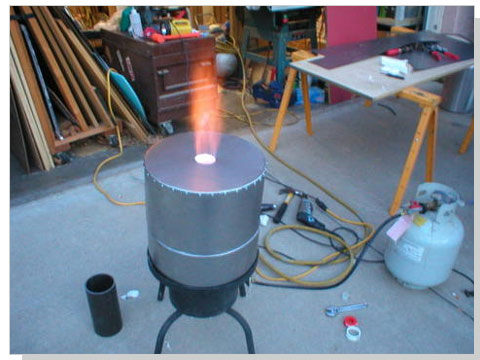Leading processes that define successful Metal Casting results
Discover the Ingenious Techniques Made Use Of in a Metal Foundry for Superior Casting Outcomes
In today's affordable manufacturing landscape, metal foundries are increasingly taking on ingenious strategies to improve casting outcomes - Metal Foundry. Advanced computer system simulations enable accurate modeling of liquified metal habits, while 3D printing makes it possible for quick manufacturing of intricate mold and mildews. Furthermore, eco-friendly products and automation simplify procedures. These growths guarantee considerable renovations in effectiveness and high quality control. Nevertheless, the influence of these technologies on sustainability and production techniques stays to be completely discovered
Advanced Computer Simulations in Metal Casting
Advanced computer system simulations have transformed the metal casting process by enhancing precision and effectiveness. These innovative devices enable engineers to produce virtual models of cast parts, allowing them to evaluate and predict the behavior of molten metal during the spreading phase. By mimicing numerous parameters such as temperature, flow price, and cooling rates, manufacturers can determine prospective defects before physical production starts.
This positive strategy lowers waste and decreases expensive errors, inevitably bring about boosted product top quality. Furthermore, simulations help with the optimization of mold and mildew designs, ensuring that they meet the specific demands of each job. The integration of computational fluid dynamics (CFD) and limited component analysis (FEA) additional contributes to the precision of these simulations, giving understandings that were formerly unattainable. As an outcome, advanced computer simulations have become a vital component of modern metal foundries, significantly advancing the market's capacities.
3D Printing for Mold And Mildews and Patterns
3D printing has arised as a groundbreaking method for developing molds and patterns in the metal foundry market. This technology makes it possible for the fast manufacturing of complex geometries that traditional manufacturing approaches battle to accomplish. By utilizing additive manufacturing, foundries can produce elaborate styles with minimized lead times and material waste. The capacity to produce molds on need permits better flexibility in style models, helping with faster prototyping and adjustments.
Moreover, 3D printing can make use of a range of products, consisting of plastics and metals, tailored to certain casting demands. This adaptability boosts the accuracy of mold and mildews, resulting in premium casting outcomes with improved surface area coatings. Furthermore, the decrease in the variety of parts needed simplifies assembly procedures, even more maximizing production efficiency. As foundries remain to adopt 3D printing, they are poised to redefine market requirements, paving the means for innovation and boosted efficiency in metal spreading operations.
Eco-Friendly Products and Processes
As the metal foundry market encounters increasing stress to reduce its ecological impact, the adoption of eco-friendly products and processes has actually become crucial. Factories are currently exploring sustainable alternatives to standard products, such as using bio-based binders and recycled metals. These materials not just decrease waste yet likewise lower power usage during manufacturing.
Additionally, developments in sand spreading methods have led to using synthetic sands that are less harmful to the setting. Factories are additionally implementing innovative procedures like molten metal therapy that minimizes exhausts and boosts the quality of actors products.
Water-based finishes have actually replaced hazardous solvents, promoting a much safer job setting. his comment is here By integrating these eco-friendly techniques, metal foundries can significantly decrease their environmental impact while maintaining top quality casting results. This shift not only profits the environment however additionally straightens with the growing consumer need for sustainable manufacturing remedies
Automation and Robotics in Foundry Operations
While the metal foundry market welcomes innovation, the assimilation of automation and robotics is changing procedures considerably. Automated systems streamline processes such as mold and mildew production, metal pouring, and casting ending up, substantially boosting effectiveness. Robotics help with the browse around these guys handling of heavy products, minimizing the threat of office injuries and making sure much safer environments.

Additionally, the usage of automated directed automobiles (AGVs) maximizes material transportation within centers, making sure timely distribution of parts to ideal workstations. By executing these modern technologies, foundries can adjust to fluctuating demands with higher agility, inevitably causing enhanced success and competition out there. As automation and robotics remain to advance, they hold the possible to redefine standard foundry techniques and drive further innovations in casting methods.
Real-Time Tracking and Top Quality Control Techniques
The improvements in automation and robotics have paved the means for much more sophisticated strategies to quality control in metal foundries. Real-time monitoring systems make use of advanced sensors and data analytics to track critical specifications throughout the spreading procedure. These systems continually assess variables such as stress, temperature level, and product structure, allowing instant detection of discrepancies from established standards.
Quality assurance methods currently include artificial intelligence algorithms that examine historic information to predict potential problems before they happen. This aggressive method decreases waste and boosts general production effectiveness. Furthermore, incorporated feedback loops enable for fast modifications, making certain that each spreading fulfills stringent high quality requirements.
The execution of electronic twins-- digital replicas of physical properties-- has actually additionally revolutionized quality control, allowing designers to replicate and optimize procedures in real-time. With each other, these innovative techniques significantly boost the reliability and top quality of castings, setting brand-new market requirements in metal foundry procedures.
Regularly Asked Concerns
What Kinds of Metals Are Frequently Cast in Shops?
Commonly cast steels in foundries consist of aluminum, iron, bronze, and brass. Each metal shows one-of-a-kind buildings, making them suitable for different applications, such as article automobile parts, equipment, and artistic sculptures, improving their flexibility in production.

The length of time Does the Casting Refine Commonly Take?
The casting process generally takes a number of hours to days, relying on variables such as the intricacy of the mold, sort of metal utilized, and cooling requirements. Each phase affects the overall duration substantially.
What Precaution Are in Place for Foundry Employees?

Exactly how Are Issues in Castings Identified and Addressed?
Issues in spreadings are determined with visual inspections and non-destructive testing approaches. Once discovered, foundry workers address them by improving procedures, changing material compositions, and applying rehabilitative procedures to ensure quality and conformity with requirements.
What Is the Expense Range for Metal Casting Services?
The cost variety for metal spreading services usually varies between $1 to $10 per pound, relying on aspects such as material kind, intricacy of the design, and manufacturing quantity, affecting total prices considerably.
In today's competitive manufacturing landscape, metal foundries are progressively adopting cutting-edge methods to boost casting results. As the metal foundry sector faces enhancing stress to decrease its ecological footprint, the adoption of environment-friendly materials and procedures has come to be essential. Factories are currently checking out sustainable options to standard materials, such as utilizing recycled metals and bio-based binders. By integrating these environmentally friendly techniques, metal foundries can noticeably decrease their environmental impact while preserving top notch spreading results. The improvements in automation and robotics have actually paved the method for more sophisticated approaches to top quality assurance in metal foundries.